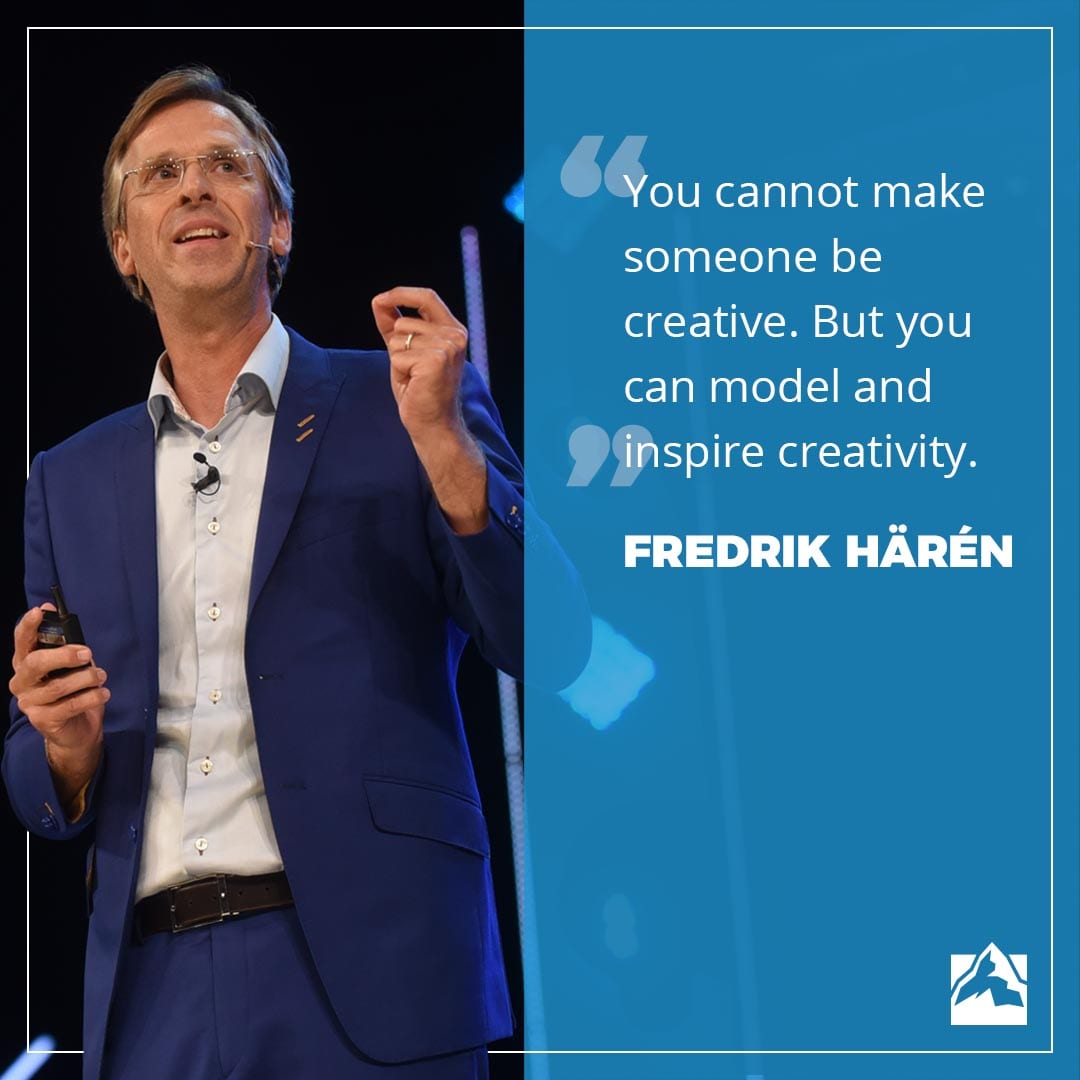
You cannot make someone be creative. But you can model and inspire creativity.

You cannot make someone be creative. But you can model and inspire creativity.
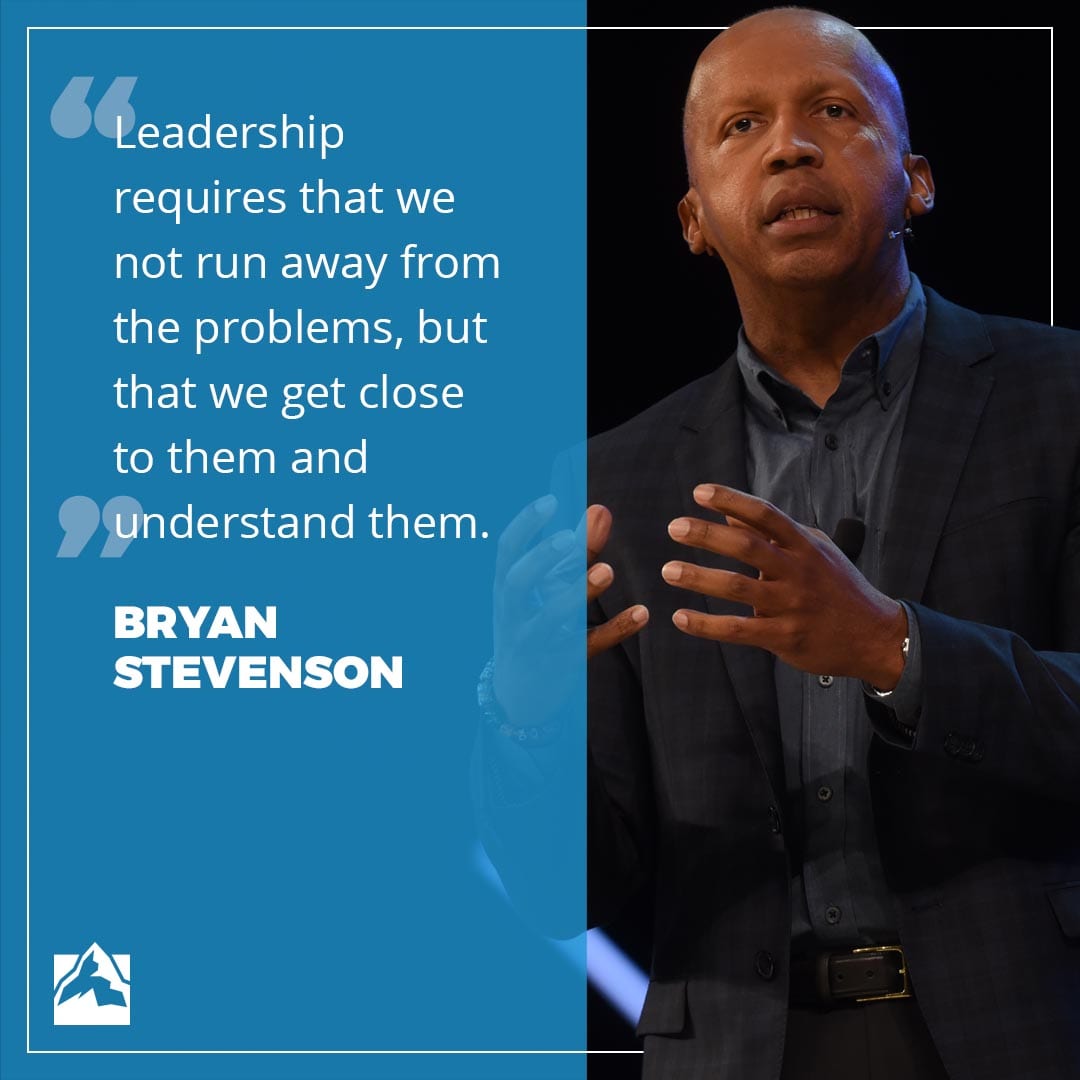
Leadership requires that we not run away from the problems, but that we get close to them and understand them.

I needed to hire a new salesperson, and one resume stood out like a sore thumb. The applicant, Ari, was a math major and built robots in his spare time—clearly not the right skill set for sales. But my boss thought Ari looked interesting, so I called him in for an interview. Sure enough, he bombed it.
I reported back to my president that although Ari seemed like a nice guy, during the 45-minute interview, he didn’t make any eye contact. It was obvious that he lacked the social skills to build relationships with clients.
I knew I was in trouble when my president started laughing. “Who cares about eye contact? This is a phone sales job.”
We invited Ari back for a second round. Instead of interviewing him, a colleague recommended a different approach, which made it clear that he would be a star. I hired Ari, and he ended up being the best salesperson on my team. I walked away with a completely new way of evaluating talent. Ever since, I’ve been working with organizations on rethinking their selection and hiring processes.
Interviews are terrible predictors of job performance. Consider a rigorous, comprehensive analysis of hundreds of studies of more than 32,000 job applicants over an 85-year period by Frank Schmidt and Jack Hunter. They covered more than 500 different jobs—including salespeople, managers, engineers, teachers, lawyers, accountants, mechanics, reporters, farmers, pharmacists, electricians and musicians—and compared information gathered about applicants to the objective performance that they achieved in the job.
After obtaining basic information about candidates’ abilities, standard interviews only accounted for 8% of the differences in performance and productivity. Think about it this way: imagine that you interviewed 100 candidates, ranked them in order from best to worst, and then measured their actual performance in the job. You’d be lucky if you put more than eight in the right spot.
Interviewer biases are one major culprit. When I dismissed Ari, I fell victim to two common traps: confirmation bias and similarity bias.
Confirmation bias is what leads us to see what we expect to see—we look for cues that validate our preconceived notions while discounting or overlooking cues that don’t match our expectations. Since I had already concluded that Ari wasn’t cut out for sales, I zeroed in on his lack of eye contact as a signal that I was right. It didn’t occur to me that eye contact was irrelevant for a phone sales job—and I didn’t notice his talents in building rapport, asking questions and thinking creatively. Once we expect a candidate to be strong or weak, we ask confirming questions and pay attention to confirming answers, which prevents us from gauging the candidate’s actual potential.
Why did I form this expectation in the first place? Similarity bias.
Extensive research shows that interviewers try to hire themselves: we naturally favor candidates with personalities, attitudes, values and backgrounds to our own. I was a psychology major with hobbies of springboard diving, performing magic and playing word games, and I had done the sales job the previous year. Ari was a robot-building math major, so he didn’t fit my mental model of a salesperson. He wasn’t Mini-Me.
After writing Blink, Malcolm Gladwell became so concerned about his own biases that he removed himself from the processing of interviewing assistants altogether. And even if we take steps to reduce interviewer bias, there’s no guarantee that applicants will share information that accurately forecasts their performance.
One challenge is impression management: candidates want to put their best foot forward, so they tend to give the answers that are socially desirable rather than honest.
Another challenge is self-deception: candidates are notoriously inaccurate about their own capabilities. Consider these data points summarized by psychologist David Dunning and colleagues:
(1) High school seniors: 70% report having “above average” leadership skills, compared with 2% “below average,” and when rating their abilities to get along with others, 25% believe they were in the top 1% and 60% put themselves in the top 10%.
(2) College professors: 94% think they do above-average work.
(3) Engineers: in two different companies, 32% and 42% believe their performance was in the top 5% in their companies.
(4) Doctors, nurses, and surgeons: for treating thyroid disorders, handling basic life support tasks and performing surgery, there is no correlation between what healthcare professionals say they know and what they actually know.
Overall, Dunning and colleagues estimate that employees’ self-ratings only capture about 8% of their objective performance. Also, the data show that the most unskilled candidates are the least aware of their own incompetence. The less you know in a given domain, the less qualified you are to judge excellence in that domain. The punch line: candidates are not reliable sources of information about their talents. As Timothy Wilson concludes in Strangers to Ourselves, “people often do not know themselves very well.”
The good news is that interviews can be improved.
Want to learn more? Read the rest of the article on medium.com.
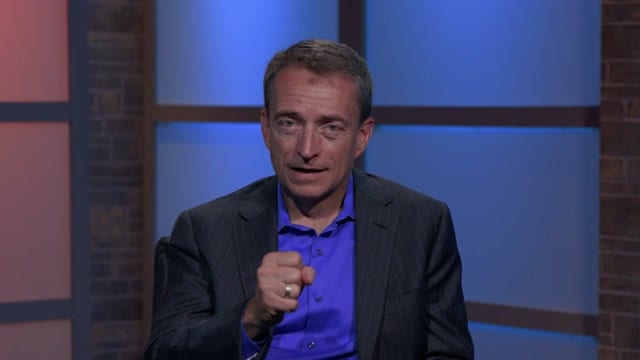
As CEO of VMware, Pat Gelsinger has had his fair share of tough meetings. Pat shares important ways to be mentally prepared for those meetings.

 The idea of leading from your strengths was a brand new concept to Binu Varghese, pastor and associate director for The Global Leadership Summit in India. He first heard the idea from Summit faculty, Marcus Buckingham.
The idea of leading from your strengths was a brand new concept to Binu Varghese, pastor and associate director for The Global Leadership Summit in India. He first heard the idea from Summit faculty, Marcus Buckingham.
Marcus said people spend too much time trying to fix their weaknesses rather than focusing on their strengths.
 Binu took this idea back to his office, and started looking seriously at his strengths, and how God could use them to impact his work. “I immediately saw progression in my career and in my ministry,” says Binu. “I went from strength to strength, to a point where I was overseeing 2,000 people in human resource management. I realized, working from your strengths really matters!”
Binu took this idea back to his office, and started looking seriously at his strengths, and how God could use them to impact his work. “I immediately saw progression in my career and in my ministry,” says Binu. “I went from strength to strength, to a point where I was overseeing 2,000 people in human resource management. I realized, working from your strengths really matters!”
In the last three years, Binu has used his passion for the Church along with his strengths to get involved in expanding the GLS to cities across India. He hopes to see more Christians leading from their strengths to bring transformation into their communities.
As a result, he and his team are finding success. In the 2017/2018 Summit season, they scheduled 84 events across the country!
“It has been a great opportunity to go from city to city and meet leaders,” says Binu. “When we present to them that the local church is the hope of the world when it is working right, it really connects with people. I have seen it connect in every corner of India. People realize they have a role. I am privileged to be part of this team so I can inspire and challenge people.
“The GLS gives leaders an opportunity to stretch their thinking, and do something beyond what they have already been doing. And I’m so glad to be able to give leaders access to this world-class leadership training in their own language!”
Though Christianity existed in India for 2000 years, it stayed in a small pocket of the country. It’s only been in the last few hundred years that Christianity has really grown. Even now, there are a lot of first generation Christians coming to the Summit. For these new Christian leaders and pastors, leadership becomes very crucial for the Church. “These churches are right in the middle of many communities that are embracing this new faith,” says Binu. “We have an opportunity to give them a platform to come to together to learn and gain practical, actionable leadership tools right where they are. As a result, we have seen people raise their level of leadership, raise their standards and impact their community and service.
“We want to see Christians influence the country and the community. We want to see Christians influencing every sector, whether it’s business, politics, education, everything. We want to see credible Christian influence across the country.”
 I just want to tell you the Summit is a great opportunity. Coming from a country like India, we embrace this. I have seen leaders, people of all kinds, embracing it whole heartedly. They see this as an opportunity, a resource, a tool they can leverage in their community. So my challenge to all of you is take it and embrace it. There are great things we have seen God do in India and this can happen anywhere as God moves. Thank you!
I just want to tell you the Summit is a great opportunity. Coming from a country like India, we embrace this. I have seen leaders, people of all kinds, embracing it whole heartedly. They see this as an opportunity, a resource, a tool they can leverage in their community. So my challenge to all of you is take it and embrace it. There are great things we have seen God do in India and this can happen anywhere as God moves. Thank you!
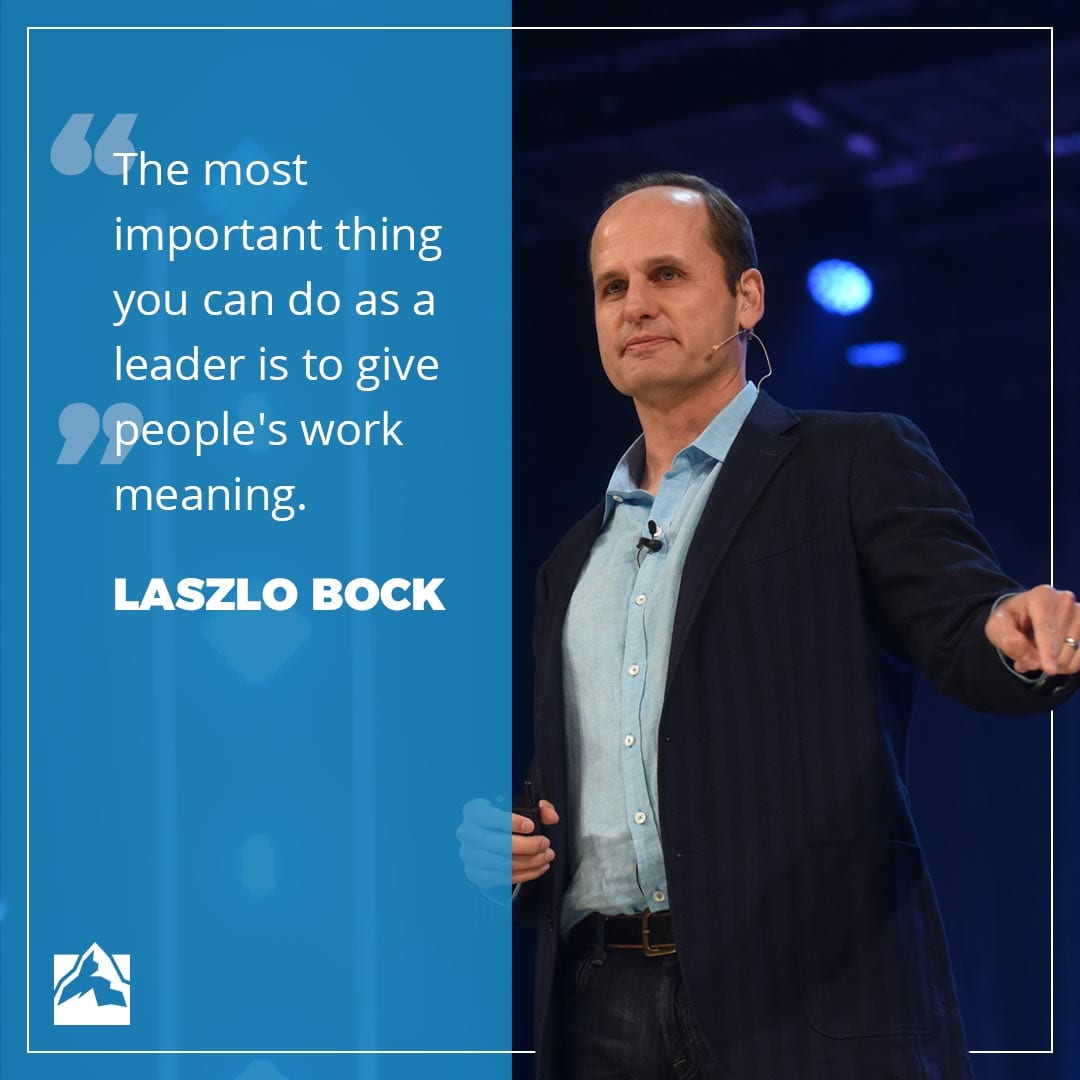
The most important thing you can do as a leader is to give people’s work meaning.
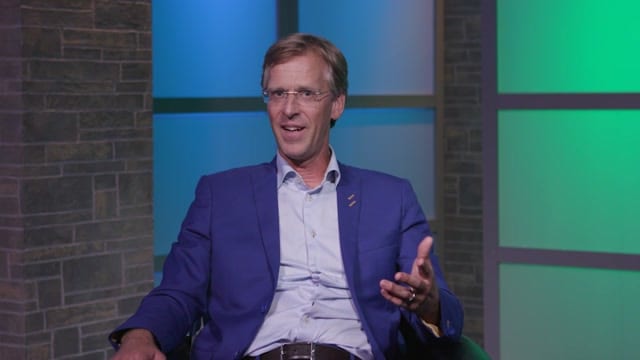
Fredrik Härén challenges us to ramp up our expression creativity in our marriages and relationships.

It is the everyday insecurities that lead us to abandon our dreams without even putting up a fight.
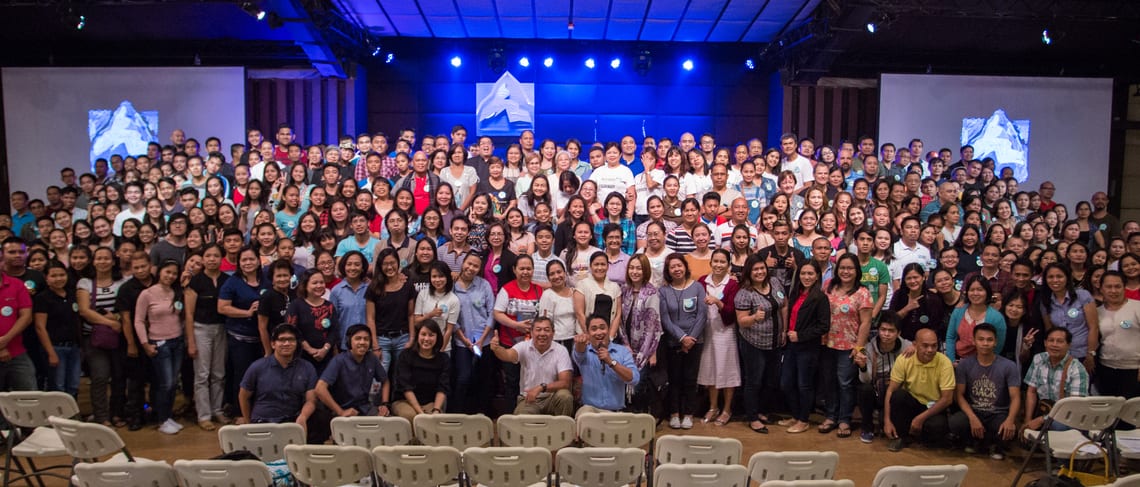
Check out these highlights from the recent GLS in Bacolod, Philippines!

Be thankful of the people that you have in your life because you don’t know how long they will be there.
“We welcome and encourage comments on this site. There may be some instances where comments will need to be edited or removed, such as:
If you have any questions on the commenting policy, please let us know at heretoserve@globalleadership.org”
Recent Comments